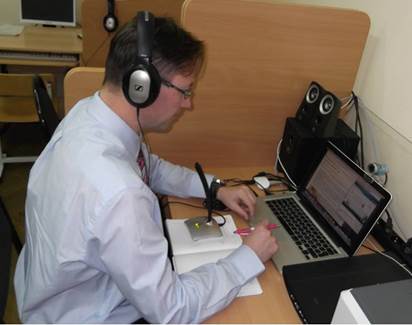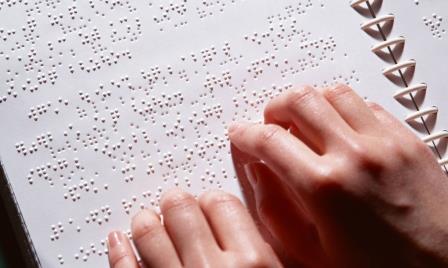Eflova Z. The relevance of definition of «ungraded school». LIFELONG EDUCATION: The 21st Century.
2017. № 1 (17).DOI: 10.15393/j5.art.2017.3410
2017. № 1 (17).
| Issue 1 (17) | Modern scientific vocabulary of lifelong learning |
 pdf-version |
The relevance of definition of «ungraded school»
 | Eflova Zinaida Ph.D., Associate Professor, Deputy Director, Head of the Laboratory of theory and practice of rural school development in Institute of Pedagogy and Psychology of Petrozavodsk State University (Petrozavodsk, Russia) zeflova@onego.ru |
|
Keywords: the ungraded educational organization (school) the paucity of educational organization formal and informal education signs pedagogical and organizational features of education. |
Abstract: the article discusses the need for scientific substantiation of the concept of «ungraded school», as especially relevant to the Russian educational theory and educational practice as ensuring the continuity and sustainability of a modern national education system, in particular, implemented in rural areas. Ungraded essential feature of educational organization are: an organization of the educational process, the use of specific educational technologies, the specific organization of educational activities aimed at the implementation of additional functions. First of all is the compensatory functions. The lack of definition of the term and a number of similar concepts leads to breaks in the education system, to such effects, as the widespread closure of minority educational institutions, and as a result, to a violation of the rights of the rural child on continuous access to quality education. Legalization of concepts on the scientific and regulatory levels is a necessity. The author identifies formal and informal (essential) features ungraded educational organizations. Recognizing the paucity of trained staff as a sign-circumstance leading to ungraded, the author insists that its main indicators are pedagogical and organizational characteristics. |
Paper submitted on: 02/27/2017; Accepted on: 03/05/2017; Published online on: 03/22/2017.
Displays: 13534; Downloads: 1107;
DOI: http://dx.doi.org/10.15393/j5.art.2017.3410










